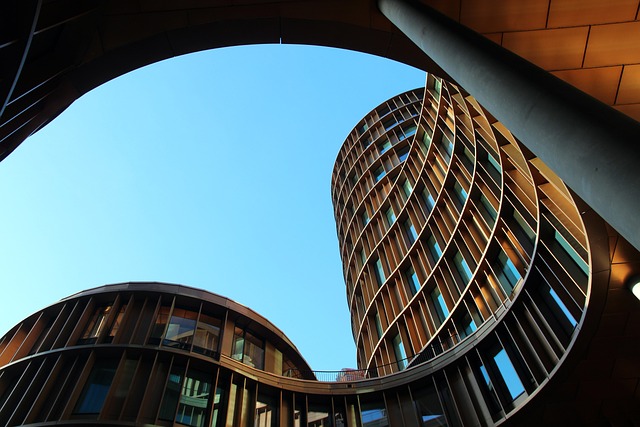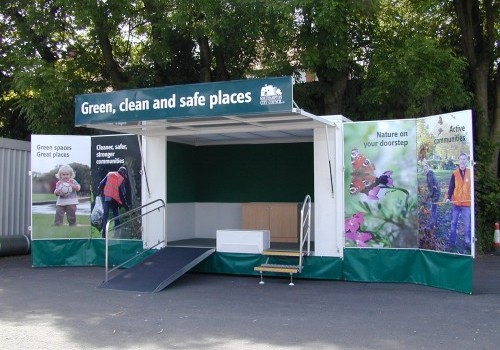In the realm of modern construction, metal has emerged as a cornerstone material, driving innovation and enabling architects to push the boundaries of design and functionality. The application of metal in contemporary architecture is not just a testament to its versatility but also to its inherent strength, durability, and aesthetic appeal. This article delves into the pivotal role metal plays in today’s architectural landscape, underscoring its impact on sustainability, innovation, and design aesthetics.
Metal’s journey in architecture is as old as civilization itself, yet its role has evolved dramatically with technological advancements. In contemporary architecture, metals such as steel, aluminum, copper, and titanium are celebrated for their structural capabilities and flexibility, allowing architects to create forms that were once deemed impossible. The versatility of metal makes it an indispensable material in the construction of skyscrapers, bridges, museums, and even residential buildings, offering both functional and decorative benefits.
Steel, known for its incredible strength-to-weight ratio, has been a game-changer in the construction of high-rise buildings and large-span structures. Its ability to withstand considerable loads and stresses has enabled architects to design buildings that reach for the skies, defying traditional architectural limitations. The adaptability of steel also allows for prefabrication, where components are manufactured off-site and assembled on-site, reducing construction times and environmental impact.
Aluminum, on the other hand, brings its lightweight nature and resistance to corrosion to the forefront of architectural design. Its ease of manipulation and strength has made it a favored material for facades, roofing, and structural frames. A notable mention in the context of aluminum use is the innovative application of full aluminium sheets in building exteriors. These sheets offer a sleek, modern look while providing a protective layer that is both lightweight and resistant to environmental elements. Their application showcases the balance between aesthetic appeal and functional performance, embodying the principles of contemporary architecture.
Copper and titanium also play significant roles in modern architecture, adding to the palette of materials that architects can draw from. Copper, with its natural patina over time, offers a living surface that changes color and texture, adding character and depth to buildings. Titanium, known for its strength and lightweight properties, has been used in iconic structures, providing a modern and futuristic aesthetic that stands the test of time.
The role of metal in contemporary architecture also extends to sustainability. Metals are inherently recyclable, with the ability to be repurposed without losing their properties. This characteristic aligns with the growing emphasis on sustainable and green building practices, where the lifecycle of materials is a critical consideration. The use of metal contributes to energy efficiency as well; for instance, reflective metal surfaces can reduce cooling costs by reflecting sunlight, while metal roofing can be designed to collect rainwater for reuse.
Innovation in metal fabrication technologies has further expanded the possibilities for architects and designers. Techniques such as 3D printing, laser cutting, and computer-aided manufacturing allow for the creation of intricate and complex metal structures that challenge traditional construction methods. These advancements enable the customization of metal components to fit specific design needs, facilitating unique architectural expressions that reflect the creativity and vision of their creators.
The aesthetic appeal of metal in architecture cannot be overstated. Whether it’s the sleek and reflective surfaces of aluminum and steel or the warm hues of copper and bronze, metal can transform the character of a building. It can be used to create contrast or harmony within urban landscapes, adding texture, color, and form in ways that enrich our visual and tactile experiences. The reflective qualities of metal surfaces can also play with light, creating dynamic effects that change throughout the day and across seasons.
In conclusion, the role of metal in contemporary architecture is multifaceted, encompassing structural integrity, aesthetic versatility, sustainability, and innovation. From the sleek full aluminum sheets that clad innovative exteriors to the structural steel that enables ambitious skyscrapers, metal continues to shape our built environment in profound ways. As architects and engineers continue to explore the potential of metal, we can expect to see further advancements that challenge our perceptions of what is possible in architecture. Metal, in its many forms and with its myriad applications, remains at the heart of contemporary architectural practice, a testament to its enduring relevance and potential.




